
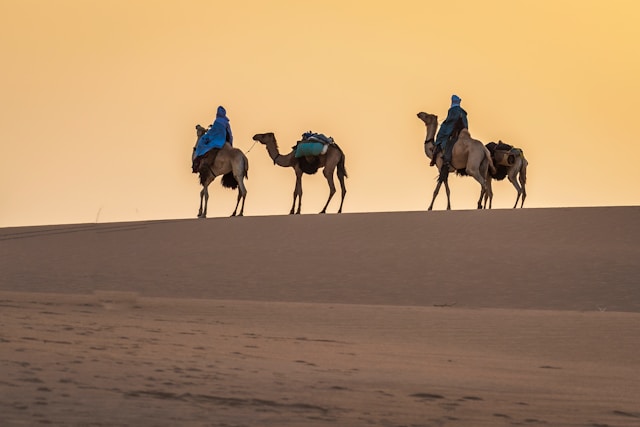
When travelers dream of Morocco, they often picture vibrant souks, historic medinas, and the aroma of spices in the air. Yet nothing captures the soul of this North African country quite like the Morocco dunes. Stretching endlessly under the desert sun, these golden sandscapes are not just natural wonders but gateways to adventure, culture, and unforgettable memories. Whether you’re seeking a camel trek at sunset, stargazing under clear desert skies, or exploring the unique Berber traditions, the dunes of Morocco promise an experience unlike any other.
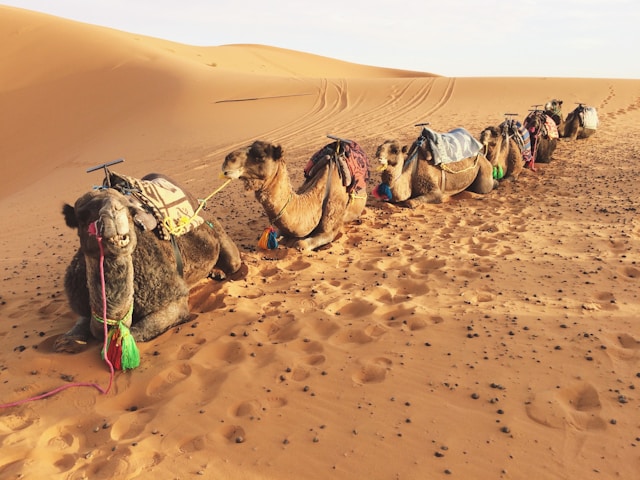
An Overview of Morocco’s Dunes
The Morocco dunes are part of the vast Sahara Desert, the world’s largest hot desert, which extends across multiple countries in North Africa. In Morocco, the dunes are mainly concentrated in two famous regions: Erg Chebbi near Merzouga and Erg Chigaga near M’Hamid.
- Erg Chebbi (Merzouga Dunes): Perhaps the most iconic, these towering dunes can reach up to 150 meters high and stretch for 28 kilometers. Their accessibility makes them popular among travelers.
- Erg Chigaga (M’Hamid Dunes): A more remote and wild experience, requiring off-road adventures, Erg Chigaga offers solitude and untouched beauty.
These dunes aren’t just landscapes—they’re living environments where nomadic tribes, camels, and desert flora adapt to one of the harshest yet most enchanting climates on Earth.
Must-See Attractions and Experiences in Morocco Dunes
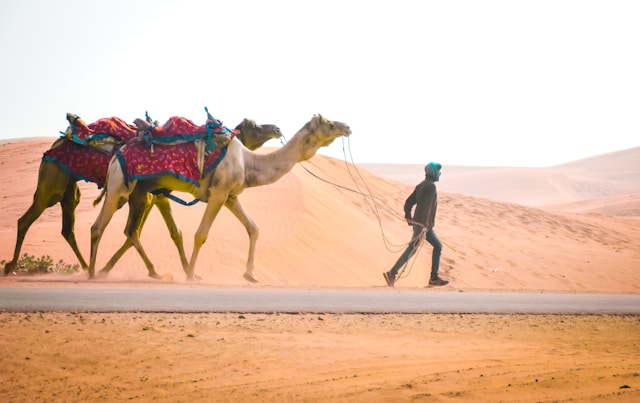
Camel Trekking at Sunset
No trip to the Morocco dunes is complete without a camel ride. As the sun sets, the sand turns golden-orange, and riding across the dunes feels like stepping back into ancient caravans of the Silk Road.
Overnight in a Desert Camp
Spending the night in a traditional Berber desert camp is a highlight. Visitors sleep in luxury tents, enjoy Moroccan tagine by the fire, and listen to local musicians play under the stars.
Sandboarding Adventures
Thrill-seekers can try sandboarding down the steep dunes. Erg Chebbi, in particular, is a hotspot for this unique sport.
Stargazing in the Sahara
The remote location of the dunes means minimal light pollution, making it one of the best stargazing spots in the world. Imagine lying on warm sand while the Milky Way lights up the sky—an unforgettable moment.
Festivals in the Desert
Some moussems (traditional Moroccan festivals) take place near desert regions, offering visitors a chance to experience cultural gatherings with music, horse shows, and markets.
Travel Tips and Cultural Insights
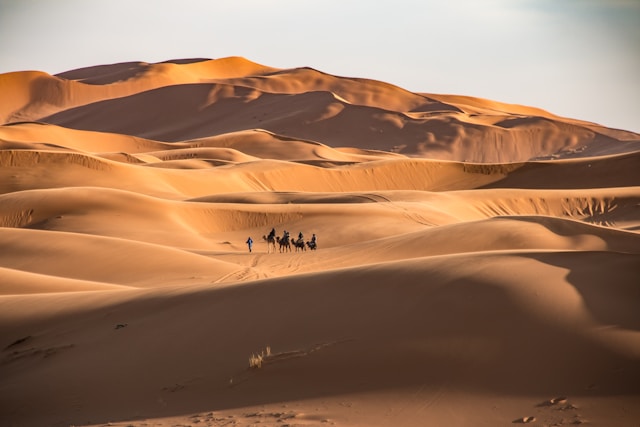
Best Time to Visit
The ideal seasons to visit the dunes are spring (March–May) and autumn (September–November). Summer can be extremely hot, with temperatures exceeding 45°C, while winter nights can be very cold.
Getting There
Most travelers access Morocco dunes via the town of Merzouga for Erg Chebbi or M’Hamid for Erg Chigaga. Both can be reached from major Moroccan cities like Marrakech or Ouarzazate by bus, car, or organized tours.
What to Pack
- Light, breathable clothing for the day
- Warm layers for cold nights
- A scarf or turban for sand and sun protection
- Sunscreen, sunglasses, and a reusable water bottle
Cultural Etiquette
Respect local traditions. Many desert guides and hosts are Amazigh (Berber) people with a deep connection to the land. Learning a few phrases in Tamazight or Arabic, such as “Shukran” (thank you), is appreciated.
Real-World Traveler Stories
One traveler, Sophia from Spain, recalls her time in Erg Chebbi:
“Riding a camel into the dunes at sunset felt surreal. When we reached our camp, the silence of the desert was overwhelming yet peaceful. That night, under a million stars, I felt like I was in another world.”
Another traveler, Omar from Canada, ventured to Erg Chigaga:
“It was harder to reach, but the reward was solitude. No tourists, just endless dunes. Our guide cooked bread in the sand, and we sat around the fire exchanging stories. It was the most authentic experience I had in Morocco.”
Stories like these show how each traveler finds a unique connection to the desert—whether through adventure, peace, or cultural immersion.
Future Travel Recommendations and Seasonal Insights
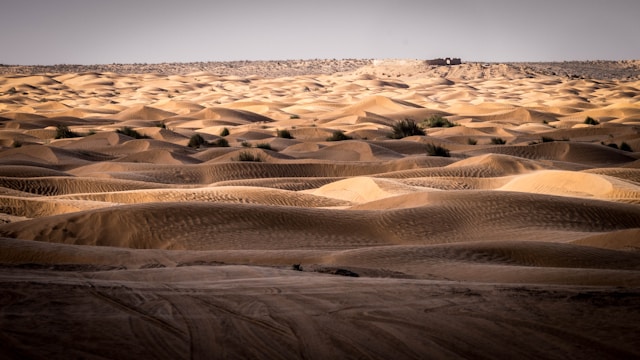
The Rise of Sustainable Tourism
As tourism grows, Morocco is focusing on eco-friendly desert experiences. Many camps now use solar power, reduce plastic use, and employ locals to ensure benefits stay within the community.
Choosing Between Erg Chebbi and Erg Chigaga
- For comfort and accessibility: Erg Chebbi is ideal, with nearby hotels, restaurants, and easier access.
- For wilderness and adventure: Erg Chigaga is perfect for travelers who want a raw, off-the-beaten-path desert journey.
Seasonal Highlights
- Spring: Ideal weather, blooming desert plants, and more festivals.
- Summer: Fewer crowds, but extreme heat.
- Autumn: Comfortable temperatures and magical desert light for photography.
- Winter: Cold but quiet—perfect for stargazers.
FAQ – Morocco Dunes
What are the Morocco dunes?
The Morocco dunes are vast sand formations in the Sahara Desert, mainly Erg Chebbi and Erg Chigaga, offering unique landscapes and cultural experiences.
How do I get to the Morocco dunes?
Most travelers reach Erg Chebbi via Merzouga and Erg Chigaga via M’Hamid. Both towns are accessible from Marrakech or Ouarzazate.
Can I spend the night in the dunes?
Yes, many desert camps offer overnight stays in Berber tents, with meals, music, and stargazing included.
What activities can I do in the Morocco dunes?
Camel trekking, sandboarding, quad biking, hiking, and stargazing are popular activities.
Is it safe to visit the Morocco dunes?
Yes, guided tours and camps are safe. Just follow your guide’s advice, stay hydrated, and be prepared for temperature changes.
Conclusion
The Morocco dunes are more than just a desert landscape—they’re a journey into Morocco’s spirit. Whether you’re riding a camel across golden waves of sand, sharing tea with Berber hosts, or marveling at the endless Sahara sky, the dunes offer something timeless and transformative.
If you’re planning your Moroccan adventure, make sure the dunes are on your itinerary. They’ll leave you with memories as vast and unforgettable as the desert itself.




